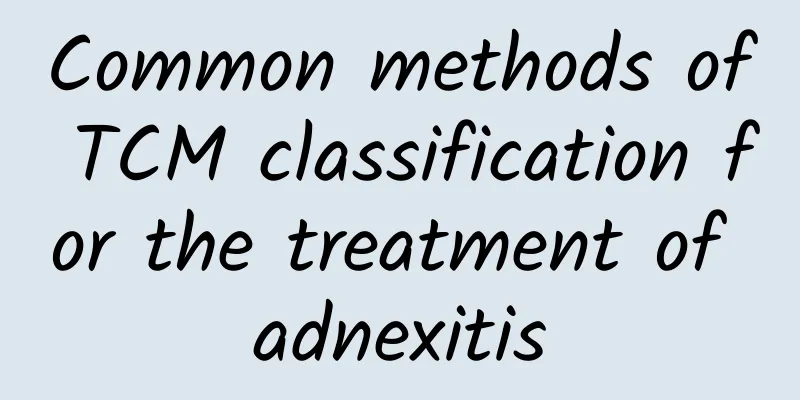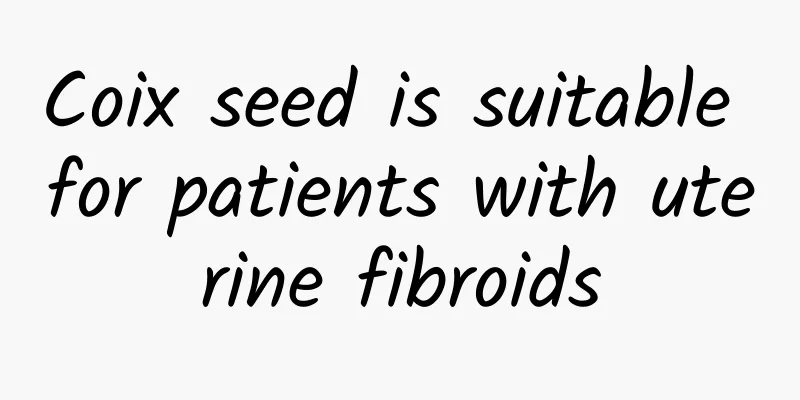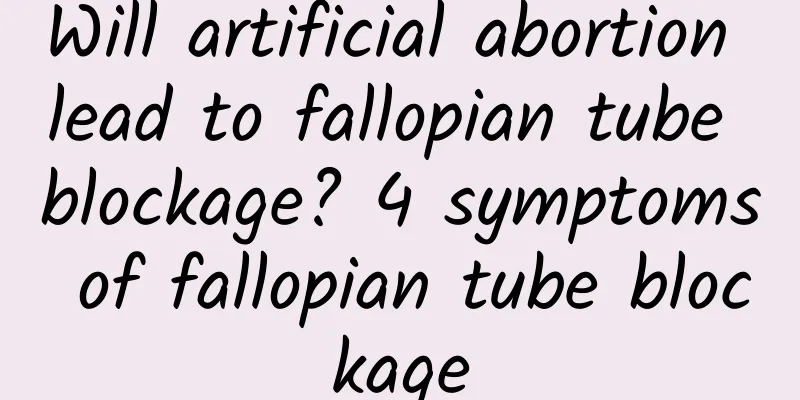Common methods of TCM classification for the treatment of adnexitis

|
Clinically, TCM divides adnexitis into several different types, and treats it according to different symptoms. So what are the common TCM methods for treating adnexitis ? Here we will tell you about the common TCM methods for treating adnexitis. Generally, the common methods of TCM classification for treating adnexitis are: 1. Blood stasis and heat syndrome The treatment is to promote blood circulation and remove blood stasis, clear away heat and detoxify. The prescription for treating adnexitis is Angelica and Corydalis Decoction with modifications: Patrinia, Angelica, Corydalis, Rhubarb, Red Peony Root, Peach Kernel, Cyperus. Decoction in water. Add or subtract: If there is obvious stabbing pain in the lower abdomen, add frankincense and myrrh to dissipate blood stasis and stop bleeding; if there is obvious distension and pain in the lower abdomen, add Chuanlianzi and Zhiqiao to promote qi and stop pain; if the menstrual flow is scanty, dark in color and clots, add Leonurus japonicus to promote blood circulation and dissipate blood stasis. If the leucorrhea is heavy and yellow in color, add Artemisia capillaris and Alisma orientalis to clear dampness and heat. 2. Cold and dampness stagnation type When treating adnexitis, warm the yang and dispel cold, activate blood circulation and remove dampness. The prescription for treating adnexitis is Shaofu Zhuyu Decoction with modifications: Take Poria, Angelica, Red Peony Root, Myrrh, Artemisia argyi, Atractylodes macrocephala, Ze Lan, Red Caulis, Fennel, Chuanxiong, Cinnamon Twig, and Dry Ginger. Decoction in water. Add or subtract: If the amount of vaginal discharge is large, white and thin, add nutmeg and ginkgo to warm the kidney and stop the discharge. If the back pain is obvious, add Chuanduan and Eucommia to nourish the kidney and strengthen the waist. 3. Damp-heat type When treating adnexitis, clear away heat and remove dampness. The prescription for treating adnexitis is modified from the prescription for stopping leukorrhea: take Poria, Plantago (package), Red Peony Root, Phellodendron, Achyranthes Bidentata, Cortex Moutan, Atractylodes, Alisma, and Capillaris. Additions and subtractions: If the abdominal pain is obvious, add Yuanhu and Chuanlianzi to promote qi and relieve pain; if the appetite is poor and the stool is loose, replace Atractylodes with stir-fried Atractylodes, add raw Coix seed and Poria to strengthen the spleen and eliminate dampness. The above is an introduction to the common TCM classification methods for treating adnexitis. I hope it will be helpful to everyone. Patients should choose the method of treating adnexitis that suits them according to their actual condition and should not choose blindly. |
<<: Brief analysis of several common nursing points for vulvar leukoplakia
>>: Experts briefly analyze the precautions for acute adnexitis
Recommend
How much does it cost to cure Bartholinitis?
How much does it cost to completely cure Bartholi...
The difference between female adnexitis and pelvic inflammatory disease
Adnexitis is a common disease caused by pathogeni...
Examination items and hazards of congenital absence of vagina
What are the examination items and dangers of con...
What are the symptoms of multiple uterine fibroids? If these symptoms occur, timely treatment is required.
Uterine fibroids are a gynecological disease, whi...
What should I do if I have uterine fibroids? What are the women who are prone to uterine fibroids?
Uterine fibroids are a common disease in women of...
What are the benefits of sour plums for uterine fibroids? Can eating sour plums treat uterine fibroids?
What are the benefits of sour plums for uterine f...
Why is endometrial tuberculosis contagious?
Why is endometrial tuberculosis contagious? After...
What are the symptoms of primary dysmenorrhea?
Women should not underestimate the existence of d...
Is it dangerous to take abortion pills? Yes, it is dangerous.
Taking abortion pills is dangerous. It can induce...
How does threatened miscarriage occur?
How does threatened abortion occur? Although our ...
Acute treatment of Bartholinitis
The Bartholin's gland is the internal reprodu...
Taboos about abortion
Abortion is very common, and there are abortions ...
What is it like to have two periods in one month?
Having two periods in one month may be due to abn...
Knowing the symptoms of uterine fibroids can help detect the patient's condition as early as possible
Uterine fibroids are a common disease among women...
Treatment costs for mild cervical precancerous lesions
The key to treatment is early stage. Some patient...






![[Video version] Can the cold wave that makes you shiver burn fat and help you lose weight? Research: Low temperature promotes irisin secretion and helps burn brown fat](/upload/images/67dcfb3270ab5.webp)


